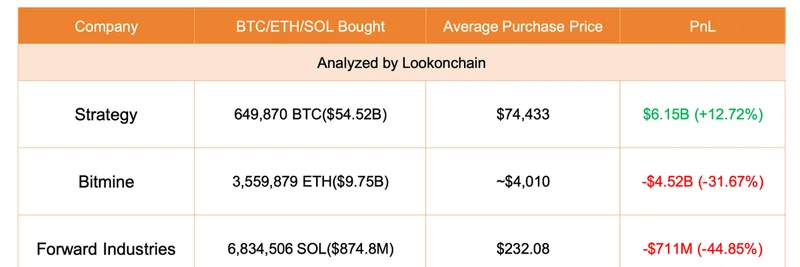In the fast-paced world of tech and finance, a recent observation from QwQiao on X (original post) sheds light on the intricate dependencies among AI stocks and their broader implications for risk assets, including the volatile realm of meme tokens.
QwQiao points out that many risk assets—think stocks, cryptocurrencies, and yes, those meme coins that can skyrocket overnight—rely heavily on a small group of AI powerhouse stocks. This reliance stems from the "wealth effect," where rising asset values make investors feel richer, prompting more spending and investment across markets.
Diving deeper, within this elite circle of AI stocks, a few key players like NVIDIA (NVDA) draw the bulk of their revenue from their peers. NVIDIA sells GPUs essential for AI training, and big tech firms buying them fuel NVDA's top line. But here's the twist: accounting rules play a starring role. The seller (like NVDA) books revenue upfront, immediately boosting earnings. Meanwhile, the buyers amortize these massive expenses over years, spreading the cost and softening the short-term hit to their bottom lines.
This mismatch creates an illusion of robust earnings. Investors often glance at surface-level numbers or aggregates and conclude, "Earnings look great!" without peeling back the layers. It's like judging a book by its cover—or in crypto terms, buying a meme token based solely on its hype without checking the underlying smart contract.
For meme token enthusiasts and blockchain practitioners, this matters because crypto markets are quintessential risk assets. When AI stocks pump due to this circular revenue flow, the wealth effect trickles down, inflating meme coin valuations. We've seen it before: surges in tech stocks correlate with crypto booms, as flush investors chase higher yields in speculative plays like dog-themed tokens or AI-inspired memes.
But fragility lurks. If one pillar in this AI stock ecosystem wobbles—say, if demand for GPUs cools or accounting scrutiny intensifies—the dominoes could fall, dragging risk assets with them. Meme tokens, with their thin liquidity and sentiment-driven prices, might feel the pain first.
This observation echoes past market cycles. Remember the dot-com bubble? Overhyped tech earnings led to a crash, and we're seeing parallels in today's AI frenzy. For those building in blockchain, it's a reminder to diversify beyond hype and focus on real utility—whether that's in DeFi protocols or meme communities with staying power.
As we navigate this landscape, keeping an eye on these interdependencies can help spot opportunities and risks. If you're trading meme tokens, consider how AI stock earnings reports might sway the market. After all, in the world of crypto, understanding the bigger picture can turn observations like QwQiao's into actionable insights.


